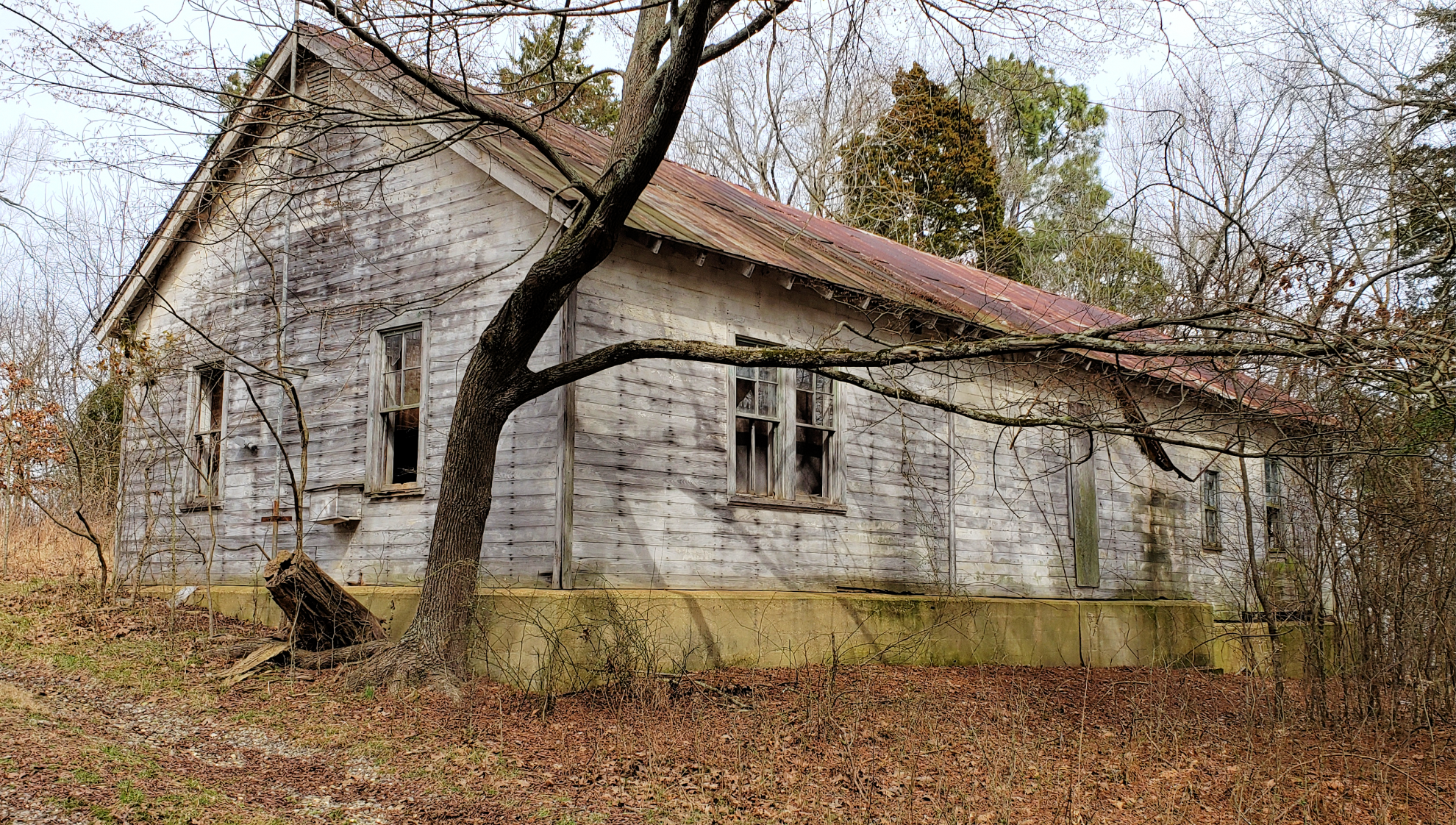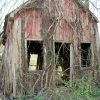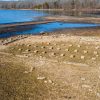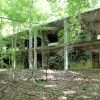I found another old building in LBL, tucked away and mostly forgotten about in the northern part of Empire Point. It’s important to dive into the backstory of this building before I go on.
Before Land Between The Lakes came into existence in the 1960s, a large chunk of the lands along and north of US 68 were already a wildlife refuge, known as the Kentucky Woodlands Wildlife Refuge.
And even before that, this place was known as the “Hillman Game Refuge”. My goodness, I could rabbit trail here and take you down a historical path that would make your head hurt. But in the spirit of keeping this brief, and ultimately the whole point of this exploration, I will keep it short.
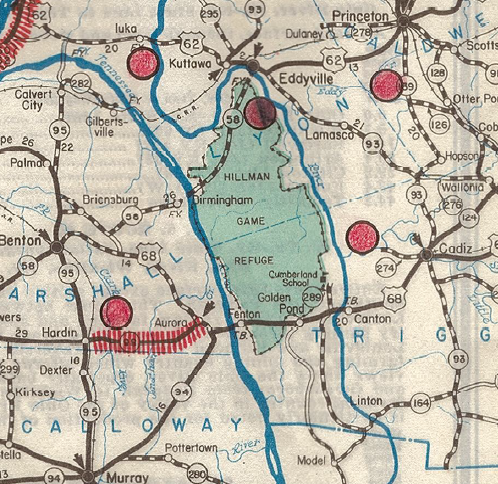
History of the Kentucky Woodlands Wildlife Refuge
In a nutshell, a lot of this land in the center of northern LBL was not desirable due to its rolling terrain. In 1901 an investment group from St. Louis acquired large chunks of this timber-rich land, presumably to use the trees for railroad crossties.
The crosstie business fizzled out around World War I and about this time farmers around this area became concerned about the depletion of turkey and deer. So, they struck a deal with the landowner and subsequently started their own wildlife preserve. The Hillman Game Refuge was born.
In 1919, the newly formed Kentucky Fish and Game Commission made an agreement with the Hillman Game Refuge and began providing official services for wildlife management. By the time the Great Depression hit, the US Government was snatching up land right and left and acquired the 37,000-acre tract from the St. Louis group.

Additionally, the feds acquired much more land around the large tract and grew their holdings to 57,000 acres, or about 1/3 of the size of LBL today. In 1938, Franklin D. Roosevelt, by Executive Order, created the Kentucky Woodlands National Wildlife Refuge using the land the government owned between the Tennessee and Cumberland Rivers (now Kentucky Lake and Lake Barkley, respectively).
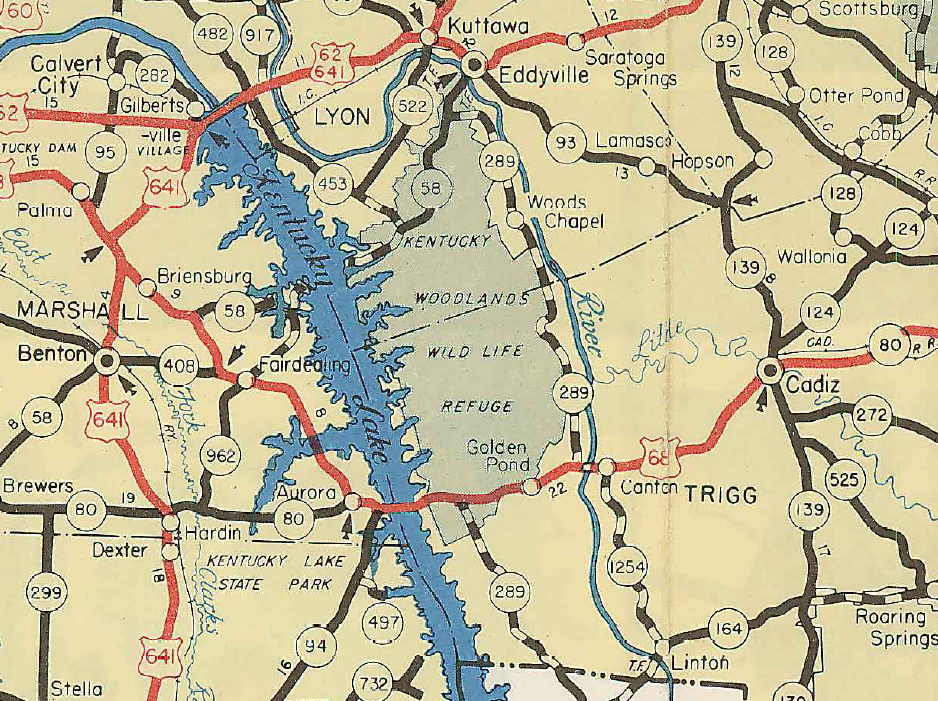
With the creation of Lake Barkley in the early 1960s, the Tennessee Valley Authority acquired the Kentucky Woodlands National Wildlife Refuge, the land surrounding it to the lakes, and lands south into Tennessee. The agency created Land Between The Lakes and turned over the 170,000-acre National Recreation Area over the US Forest Service in 1999.
Evidence Today
These topographical maps from the 1950s show the headquarters of the Kentucky Woodlands National Wildlife Refuge. Noticeably absent from the map, Lake Barkley hadn’t been impounded yet.
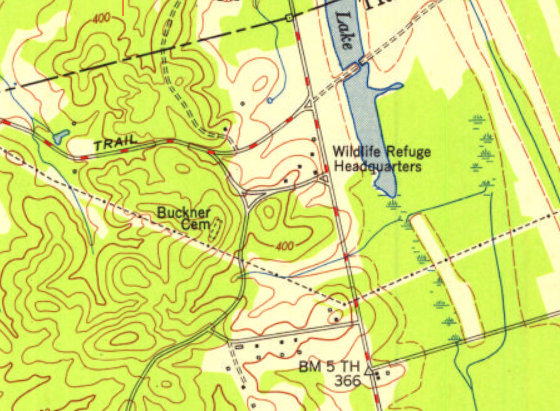
I discovered recently that the former site of the headquarters was located in Empire Farm in Land Between The Lakes, home to a bunch of abandoned buildings from a demonstration area that was popular in the 1980s. I thought there might be a chance the old headquarters still stood with it being a part of the farm.
My hunch was right.
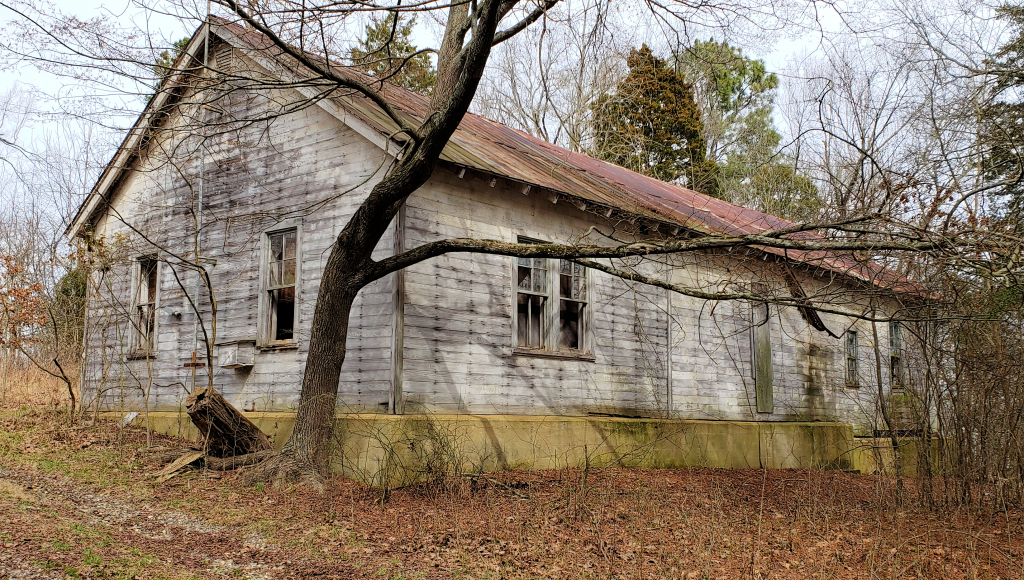
The building is located on a rarely used walking trail that surrounds Empire Farm. The old headquarters is respectably small with a noticeable radio tower attached to one side. It appears to have been converted to a garage or a storage building at some point.
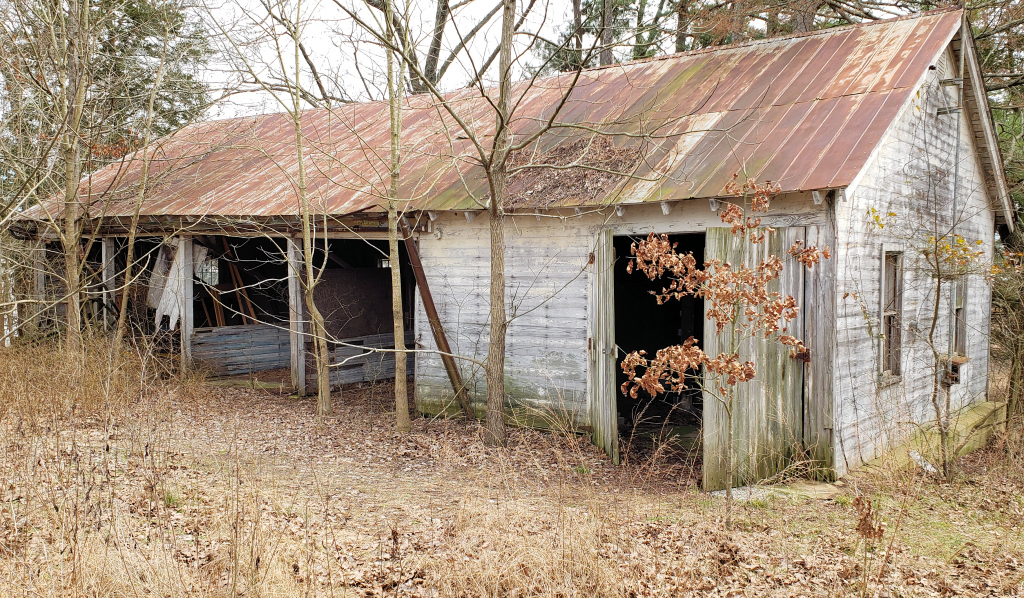
There’s no signage or anything depicting this as the former Kentucky Woodlands National Wildlife Refuge Headquarters, but based on all the old maps, old aerial photography and the roads leading to it, this is definitely the place.
If you are wanting to explore wildlife and see the old Empire Farm, you can do so by visiting the Empire Point Nature Watch Area. It features several old buildings, many of which were used by KWNWR employees. Later the area became an agricultural education center from the 1960s to the 1980s. The grasslands surrounding Empire Point are maintained and provide great wildlife viewing opportunities.
A trail surrounds the area, with a portion of it running along the old route of Kentucky Highway 289. The old headquarters is located on a hill, just a couple hundred feet from the main trail.
Don’t try to venture in any of these buildings. They are not maintained and are in poor condition. And as with all historical features of Land Between The Lakes, please respect the sites.


